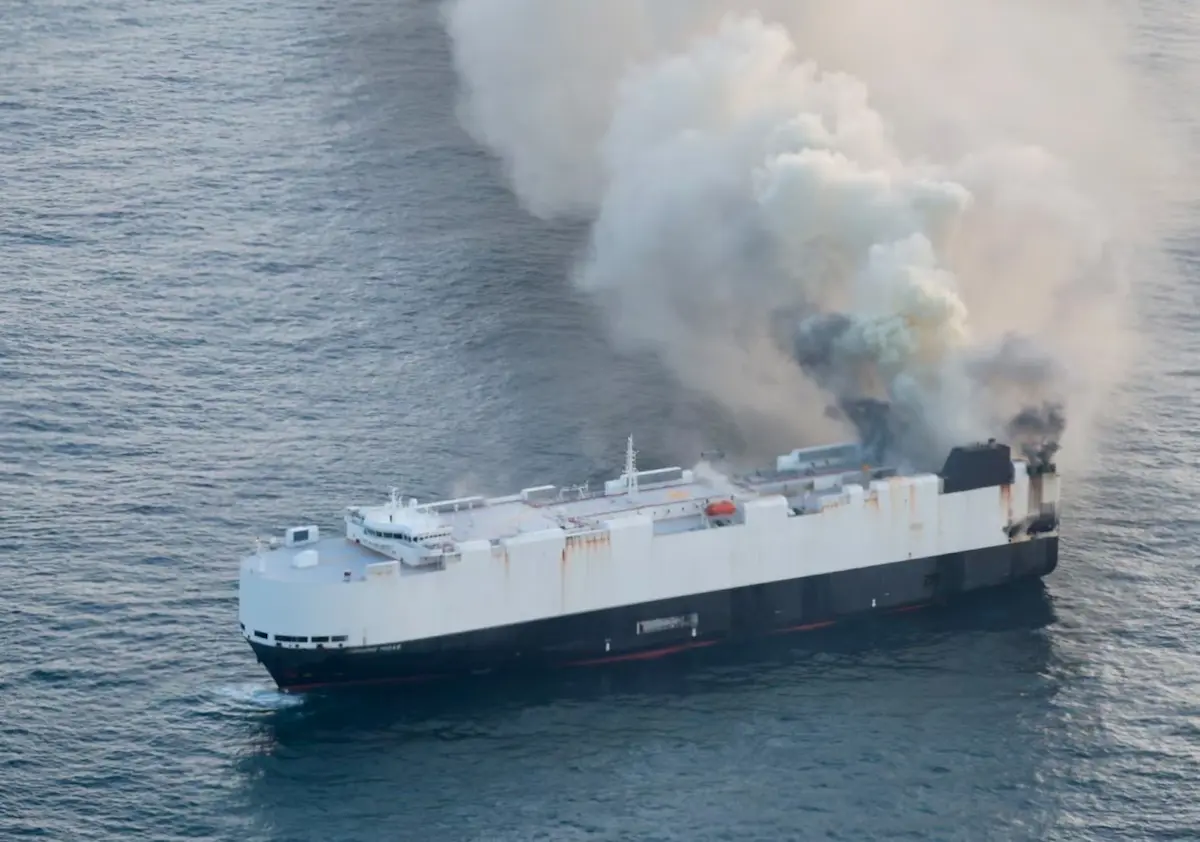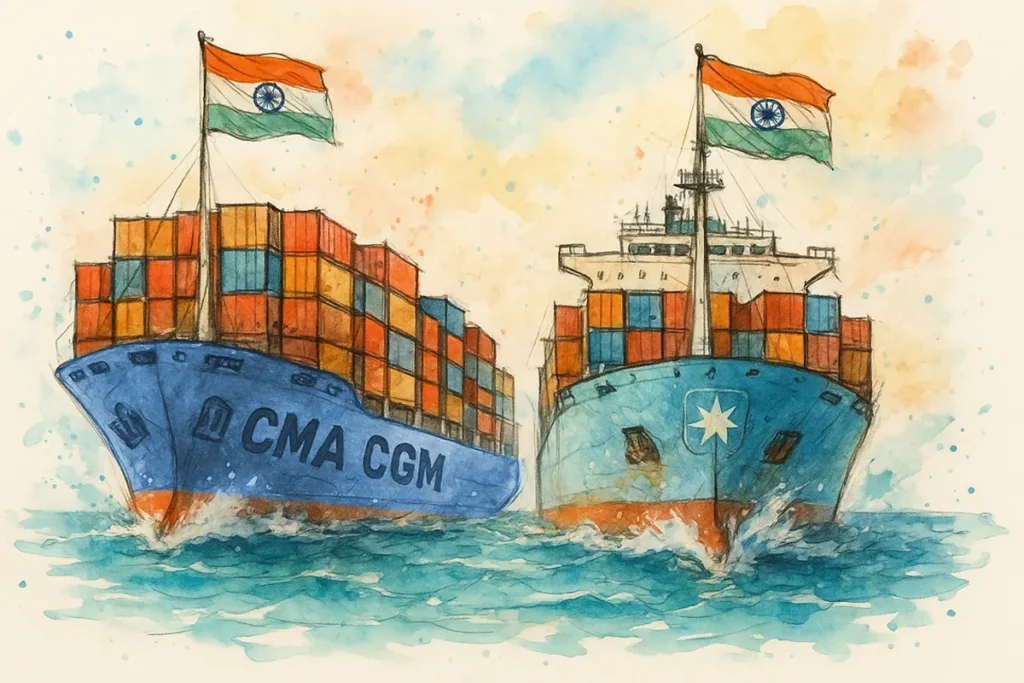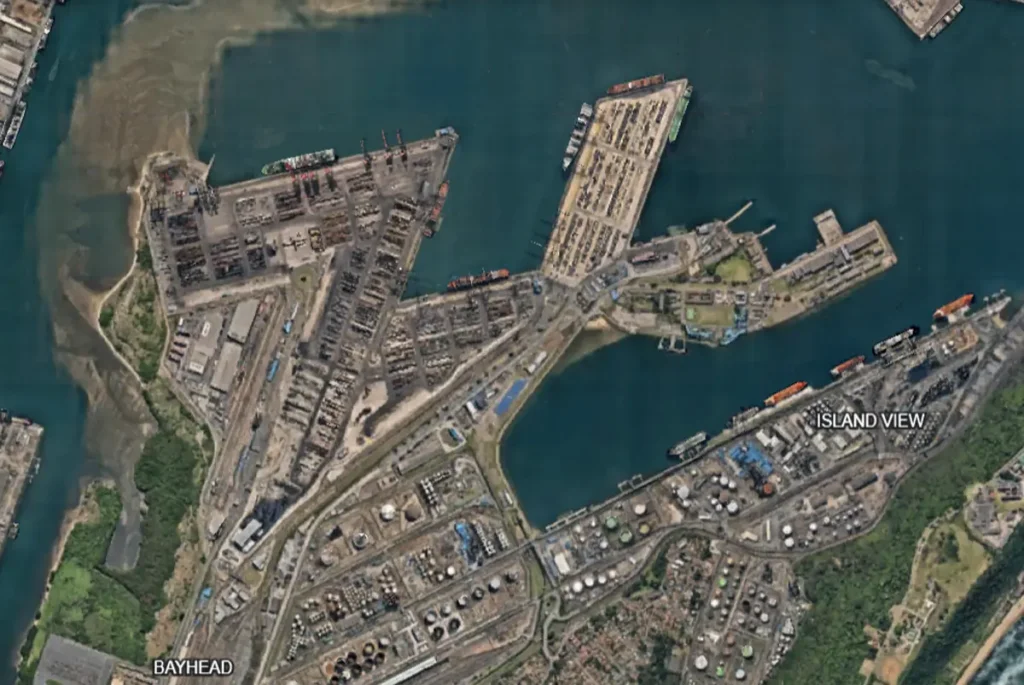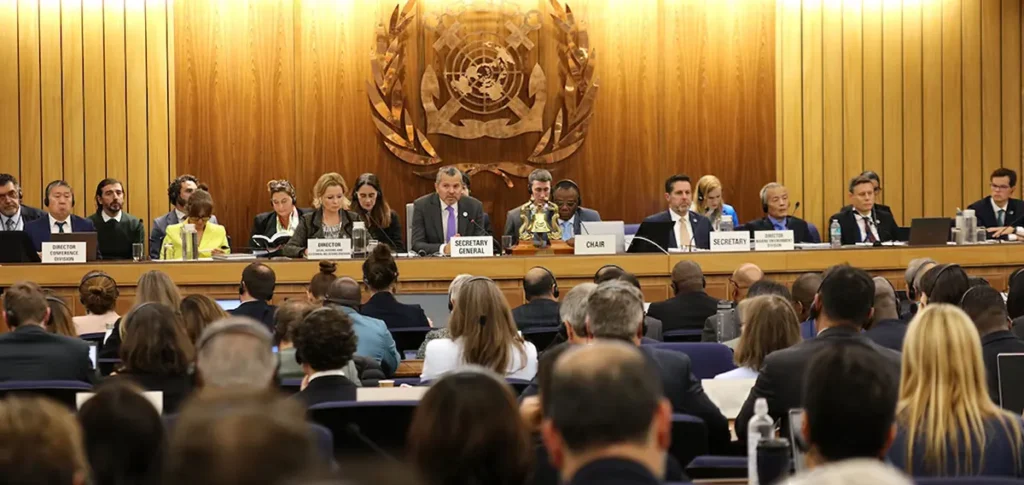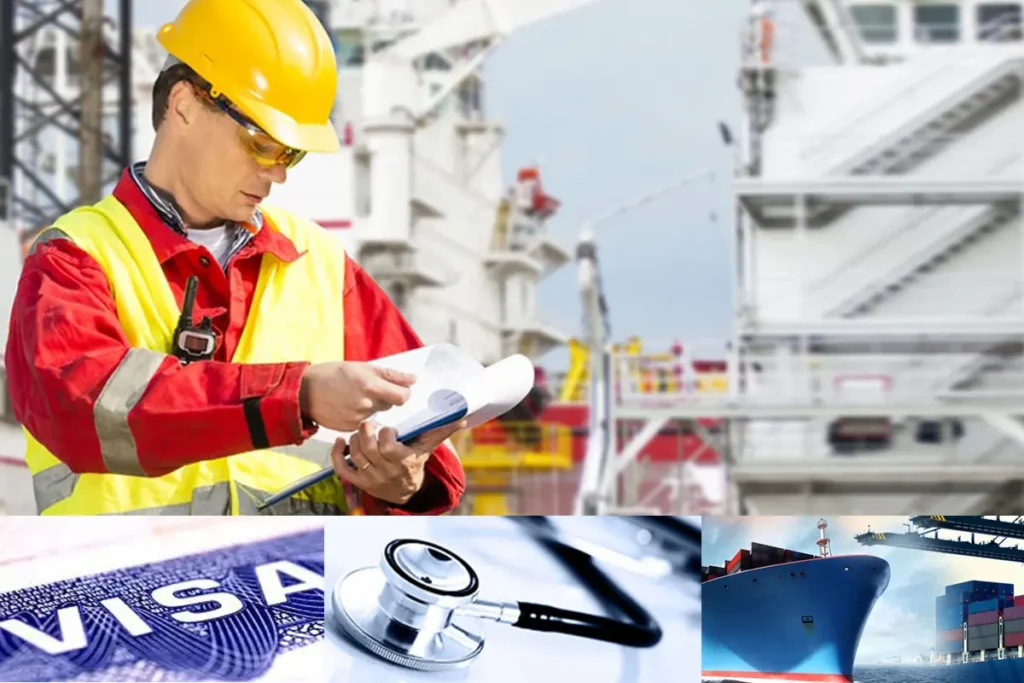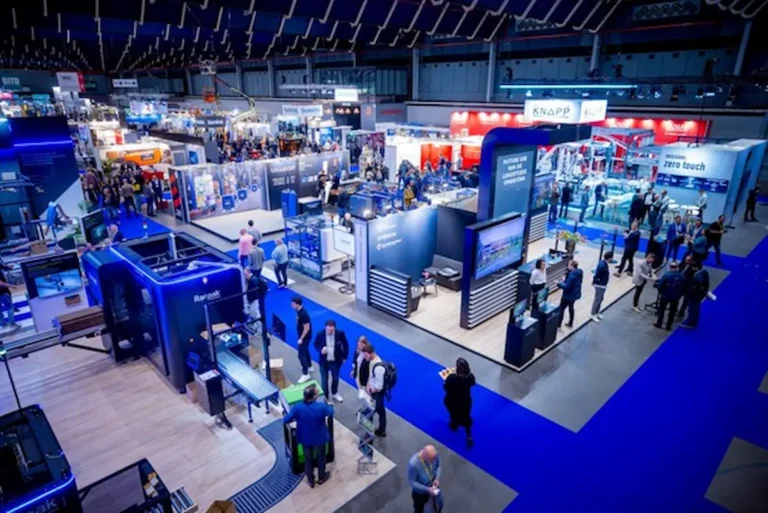The Morning Midas, a Zodiac Maritime managed car carrier (Ro-Ro) ship, caught fire on the 3rd of June in the North Pacific Ocean, approximately 300 miles south of Adak, Alaska, while on its way from South Korea to Mexico..
After the successful evacuation of all 22 crew members without any casualties, the ship drifted for weeks in a damaged state before eventually capsizing and sinking on 23rd June 2025 in international waters off the Aleutian Islands around 450 miles southwest of Adak, Alaska..
According to reports, the ship had been carrying more than 3,000 vehicles, including nearly 70 fully electric and over 680 hybrid vehicles..
An all-too-familiar scenario..??
The sinking of the Morning Midas follows a troubling trend in recent years involving vehicle fires at sea
-
- 2020 – Höegh Xiamen
- 2022 – Felicity Ace
- 2023 – Fremantle Highway
- 2025 – Delphine
The Felicity Ace sank near the Azores in March 2022 after burning for nearly a month.. The Höegh Xiamen was declared a total loss and later scrapped, while the Fremantle Highway has since been rebuilt, renamed Floor, and is expected to return to service in 2025.. Meanwhile, the Delphine has resumed active operations..
All these incidents come with a strong suspicion or confirmed involvement of lithium-ion battery, although in some cases the investigations are still going on..
The Morning Midas now adds to that list and once again raises pressing questions about the protocols and infrastructure in place for handling EV cargo at sea..
Why Lithium-Ion fires are so dangerous at sea
Lithium-ion batteries are notoriously volatile under specific conditions as they can self-ignite, are extremely difficult to extinguish once alight, and even when a fire seems to be out, they can reignite hours or days later..
At sea, these risks are amplified by factors such as:
-
- Inaccessibility of lower decks
- Lack of suitable firefighting systems for battery fires
- Delayed detection
- Heat entrapment within tightly packed vehicles
Once a battery fire begins, traditional CO₂ or water-based suppression systems have limited effect.. Firefighting crews are often left battling an invisible enemy with inadequate tools, while containment and evacuation become the only viable options..
Fire response and action plan
The fire risks associated with car carriers have drawn growing attention within the maritime regulatory landscape with the International Maritime Organization’s Ship Systems and Equipment Sub-Committee initiating an action plan aimed at strengthening fire safety standards on board vehicle-carrying vessels, including enhanced fire detection, prevention, and suppression systems..
To address these concerns collectively, the Vehicle Carrier Safety Forum was established in 2020 by leading car carrier operators, with support from the International Chamber of Shipping and the International Group of P&I Clubs.. The forum aims to promote best practices and improve fire safety standards across the sector..
The Vehicle Carrier Safety Forum (VCSF) recognises that responding to vehicle fires on PCCs, PCTCs, RoRo, and Ro-Pax vessels is complex and hazardous.. The VCSF has released Fire Response — High Level Guidelines, which aim to help vessel operators and crews improve preparedness and reduce risks to people, the environment, and the vessel..
Rather than offering detailed procedures, due to differences in ship design, equipment, and operations, the guidelines provide a flexible framework to support the development of vessel-specific plans..
They focus on fires involving both conventional vehicles and those powered by lithium-ion batteries, including BEVs, PHEVs, and HEVs.. Emerging technologies are not covered in this version..
Gaps in maritime EV transport regulation
Currently, the International Maritime Organization (IMO) has issued guidance on transporting electric vehicles, but most of it remains advisory rather than mandatory..
The recommendations include limits on battery state-of-charge during loading, improved ventilation, and designated stowage zones for EVs—but few ships are structurally equipped to fully comply..
Shipping lines are now caught in a dilemma: demand for EV shipments is soaring, yet the infrastructure and safety systems onboard many RoRo and container vessels are not designed for the unique hazards EVs pose..
Port infrastructure too remains underprepared, with limited firefighting resources for shipboard lithium battery fires..
The insurance and liability fallout
Aside from the immediate loss of ship and cargo, incidents like these trigger a ripple effect across marine insurance markets with hull insurers, cargo underwriters, and P&I clubs likely to push for stricter risk profiling of EV shipments..
Some Ro-Ro carriers have already considered limiting the number of EVs per voyage, or implementing battery isolation policies, to lower exposure..
From a liability perspective, shippers may face growing pressure to provide complete and accurate manifests disclosing battery types, capacities, and charging status..
Failure to do so could result in claims being rejected or reduced, especially in the case of general average situations where contributory negligence may be alleged..
Looking ahead
The growing global demand for EVs is inevitable, and with that comes increased maritime carriage of lithium-ion battery cargo.. As this demand accelerates, the safety infrastructure across the maritime value chain must keep pace..
Incidents like the Morning Midas should not be seen in isolation.. They are part of a broader shift in cargo profiles that requires rethinking vessel design, port readiness, emergency response protocols, and risk management frameworks..
This is an industry-wide opportunity for collaboration between shipowners, regulators, shippers, manufacturers, insurers, and ports to proactively establish safeguards that ensure the safe, secure, and sustainable carriage of new energy vehicles across the world’s oceans..

